Looking to generate revenues from your videos? You can do so very easily using a video paywall! Read more to know everything you would need to, about video paywalls in this blog.
As a video content creator, you must be working very hard to develop content for the video, shooting or animating the scenes, editing, and finally publishing it, right? The same goes for live streamers as well, who might be spending long sleepless nights just to finalize the topic of their next stream! And we are not even talking about the professional sports live streamers here, because the setup and work needed for that is next level.
Curating stream-ready content, whether video on-demand or live, is a long process that takes a lot of your time and effort! We understand that perfectly, and that is why we are asking, why are you letting your viewers watch them for free?
Video Monetization, that is generating revenues from your videos, can be done in many ways, and adding a video paywall is one of the easiest and most effective ways amongst them. And the best part is, video paywalls work equally well for monetizing your live streams too!
In this blog, we will tell you how you can generate hefty revenues from your live videos using video paywalls. We will explain what a video paywall is, how it works, and why you should use one. But before that, let’s tell you about the five basic methods of monetizing your videos.
Five Ways of Video Monetization
We are living at a time of hybrid monetization when subscriptions are getting mixed with ads and coupons any day. But even today, there are five fundamental ways of monetizing your videos, which are:
- Subscriptions: Where your consumers pay you a fixed monthly subscription fee, every single month! Data shows that SVoD can generate 5x more revenues than ads, with an average monthly value of $15 per subscriber.
- Ad Insertion: You insert pre-roll, mid-roll, or post-roll ads into your videos, and generate revenues from the same. Ad-based monetization delivers $0.10-$5 per 1,000 views, but they are a crowd-puller, at least in recent years.
- Renting and TVoD: You ask your viewers to pay a certain amount, mostly in the form of rent, to get access to a particular content for a certain period of time. Renting and TVoD offer higher profits per transaction, at least more than ads, at $2-$6 per purchase. But they rely heavily on targeted content and impulse buys.
- Crowdfunding: You give access to content for free but at the same time request your viewers to donate, whatever amount they like. The revenue you generate is purely based on your popularity and connect with your audience.
- Paywalls: You hide your content behind a paywall, and your viewers need to pay the requested amount to get past that wall! Paywalls are quite a revenue generator, they can generate $5-$20 monthly per subscriber. Hence, they are ideal for exclusive content.
Now, we all know that in terms of popularity amongst viewers, subscription and ad-based monetization are leading the way. But did you know that paywalls are extremely beneficial for businesses and have been in use for a long time now, across multiple industries?
Yes, the use of paywalls actually started outside the video streaming industry. Many news websites and membership websites used to hide their textual content, I mean premium articles, behind a paywall. It was way back in 2012-13, and it was extremely successful.
Eventually, more and more industries started using paywalls, and finally, it came to video streaming platform too! So, in our next section, let’s delve a little deeper into video paywalls.
What is a Video Paywall?
Going by the conventional definition of video paywall, it is a barrier or restriction placed on online video content that requires viewers to pay a fee or subscription in order to access the video. In a more raw sense, you are hiding your video behind a paywall, and asking your viewers to pay first, as they will be able to watch the video only after payment.
So, in this case, the chances of earning revenues from the videos are actually more than any of the other video monetization methods. Because the viewers themselves have landed on your video, it proves that they are interested in watching it, some of them might even need to! In such a scenario, you will end up getting paid at least 7 out of 10 times.
Where is Video Paywall Used?
As stated earlier, paywalls are used by multiple industries for multiple purposes. So, even video paywalls have multiple utilities too! They are commonly used by content creators, media companies, live streamers, and streaming services to monetize their videos and generate revenue.
They are used over different types of video content, both on-demand and live. But of late, the use of video paywall to monetize live streams, especially live sports matches, live music concerts, and live tutorials or workshops has become extremely trendy. So, let’s briefly discuss how they work!
- Paywall for Sports Live Streaming: In sports live streaming there will be tremendous demand for streaming of a specific match, while on other days, there will be no viewers for a match. So, you can actually leverage the trend by adding a paywall to matches that have high demand. You can either request a standalone fee for that match only or ask the viewers to complete purchasing the monthly subscription first to continue watching.
- Paywall for Live Music Concerts: Music events are loved by one and all. And that is why, organizers are nowadays live streaming music concerts worldwide. You can add a paywall to the live stream of your concert, and the listeners can pay an amount before gaining access to the concert live stream.
- Paywall for Live Seminars and Workshops: Live streaming of these seminars and workshops is common these days. Adding a paywall helps you collect the required fees from those who are attending it online.
- Paywall for General Live Video: The use of a video paywall is not restricted to specific use cases only. You can use it to monetize your general live videos too! It will help you increase the revenues from your live videos by many folds.

How to Choose A Video Paywall?
By now you must have understood where to use a video paywall. So, now let’s talk about how to choose a video paywall. There are many live streaming and video streaming platforms that let you add a video paywall to your live videos. But many of them do not offer all the necessary features.
So, before choosing a video paywall, you must consider the features discussed below.
Secured Payment Processing
The payment mechanism must be secured enough so that your viewers can pay with confidence. So, make sure that the video paywall you choose uses secure payment processing systems, offers a reliable transaction environment, and handles the financial data of your viewers responsibly.
Geo-Restrictions
You might want to control the exact geographical locations where your live streamers can be accessed. So for that, you will need a video paywall and a live streaming platform that supports geo-restriction.
Tiered Pricing
In today’s times, personalized pricing is quite common. Even in live streaming, you might want to implement tiered pricing models, offering different forms of live streaming experiences to different segments of your viewers. But for that, you will have to make sure that your video paywall supports tiered pricing.
User Authentication
The paywall form should be able to authenticate your users before granting them access to your content. It will help you avoid any security concerns.
Revenue Analytics
Many platforms offer detailed analysis of the revenue collected via video paywalls in their revenue analytics section. It helps you keep track of the revenue collected from your videos, and take note of the streams that resulted in maximum revenue collection.
How To Use A Video Paywall for Live Streaming
Using a video paywall on your live-streaming videos is extremely simple. First of all, you will have to find a live-streaming platform that allows you to monetize your live videos via a paywall.
Many leading live streaming platforms allow you to enable video paywalls. Muvi Live is one such platform.
So, start by creating your account with any such live-streaming platform. For example, if you choose Muvi Live, you will have to create your Muvi Live account by clicking here.
Once you have created your account, you need to create a new live stream. While creating the live stream, you will get the option to enable a paywall. You will have to set the paywall price, default currency, and other details to enable the paywall for that particular live stream.
Once done, you can share the live link with your viewers. When your viewers will try to access the live content via the link, a paywall will appear, asking them to pay the decided amount. Once they complete the payment, they will get an access link for the live stream in their email, from where they can access your live content.
Now, many platforms allow you to customize the paywalls too. So, you will have to work according to your needs.
Benefits of Video Paywall – 5 Reasons Why You Should Use It
You must be wondering, if there are so many video monetization options available, then why should you use a video paywall to monetize your videos? Well, this is because paywalls are known for increasing the revenue generation speed, along with many other benefits. Let’s take you through 5 such unique benefits of video paywalls one by one.
Generate Revenues from Live Content
It is the most obvious benefit, but there is more to it. Video Paywalls not only help you generate revenues, but they also help accelerate the speed of revenue generation. They reduce the customer acquisition cost and time, hence increasing your ROI.
Control Access to Your Content
A Video Paywall grants access to your content only after authenticating the user. Hence, you can control and keep track of who is actually accessing your content. You can even add geo-restrictions to deny access to people living in a certain part of the globe.
Leveraging the Trends
If you want to leverage one-off live streams that can gain great traction, a video paywall is the best monetization option for you.
Take, for example, you want to live-stream a one-off football match, and you know it will have great demand. But you don’t want to charge a monthly subscription from your viewers as you know you won’t be live streaming regularly. So, in that case, you can simply insert a paywall to that specific live stream, and earn revenues from the same!
Give Flexibility to Users
A paywall gives enough flexibility to your users too. There might be a section of your user base who come back and buy the subscription whenever they need to or want to watch a specific match or a show. A video paywall, displayed over that much-hyped match or show, will help them complete their payment then and there and continue watching their favorite content.
Build a Community
By using a paywall, you can serve a larger audience base. They might not be your regular full-time subscribers, but they will keep visiting your platform whenever there is a specific sports match being streamed or a show is running. Hence, you will be able to build a much bigger community of viewers by using a video paywall.
Wrapping Up
In a nutshell, the video paywall will help you generate hefty revenues from any of your live videos. You need to simply enable video monetization via paywall on the CMS of your live streaming platform. After that, you can easily add a video paywall to monetize all your live streams. It will help you generate revenues from one-off live streams, as well as claim back lost subscribers by asking them to pay before accessing the live streams.
In case you are looking for a live streaming platform that allows you to add video paywall, Muvi Live is here to help you out! Along with video paywall, you can also insert ads into your live videos. On top of that, Muvi Live offers a streamer-friendly pay-as-you-go pricing, hence you can start streaming without paying anything upfront. Click here to get started with Muvi Live!

FAQs
There are many reasons to use a video paywall to monetize your content, like:
- Content control: You decide what’s behind the paywall, allowing you to offer exclusive content and build value.
- Stronger relationships: By providing premium content, you cultivate a more loyal and engaged audience.
- Higher profit potential: You keep a larger share of the revenue compared to ad-based models.
- Reduced ad interference: No disruptive ads interrupting your content, enhancing viewer experience.
All types of content, including on-demand videos and live-streaming content can be monetized using paywalls.
Yes, there are a few downsides of using a video paywall that you must be aware of:
- Barrier for Audience: Paywalls can limit your reach and may discourage some viewers.
- Technical Setup: Implementing and managing a paywall system can require technical expertise.
However, if you are choosing a quality live-streaming platform like Muvi Live, you don’t need to worry about the technical glitches and complexities at all!
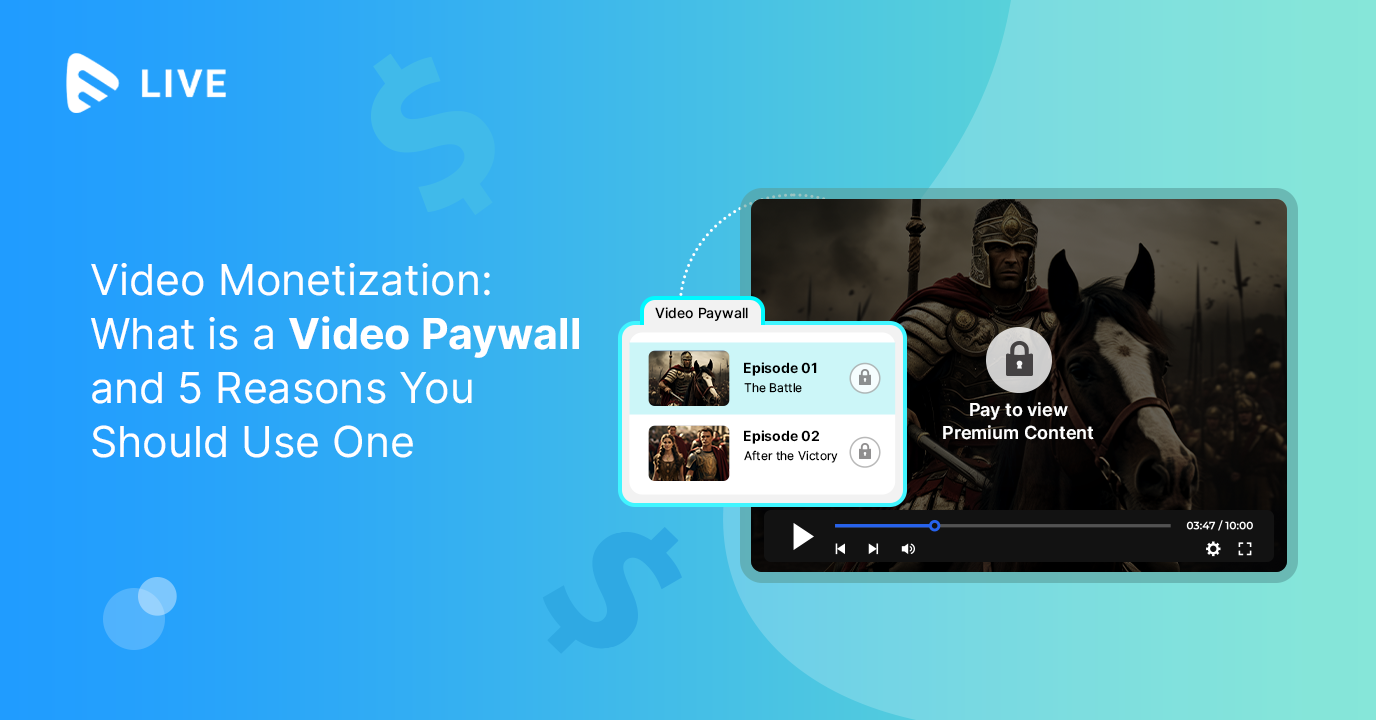




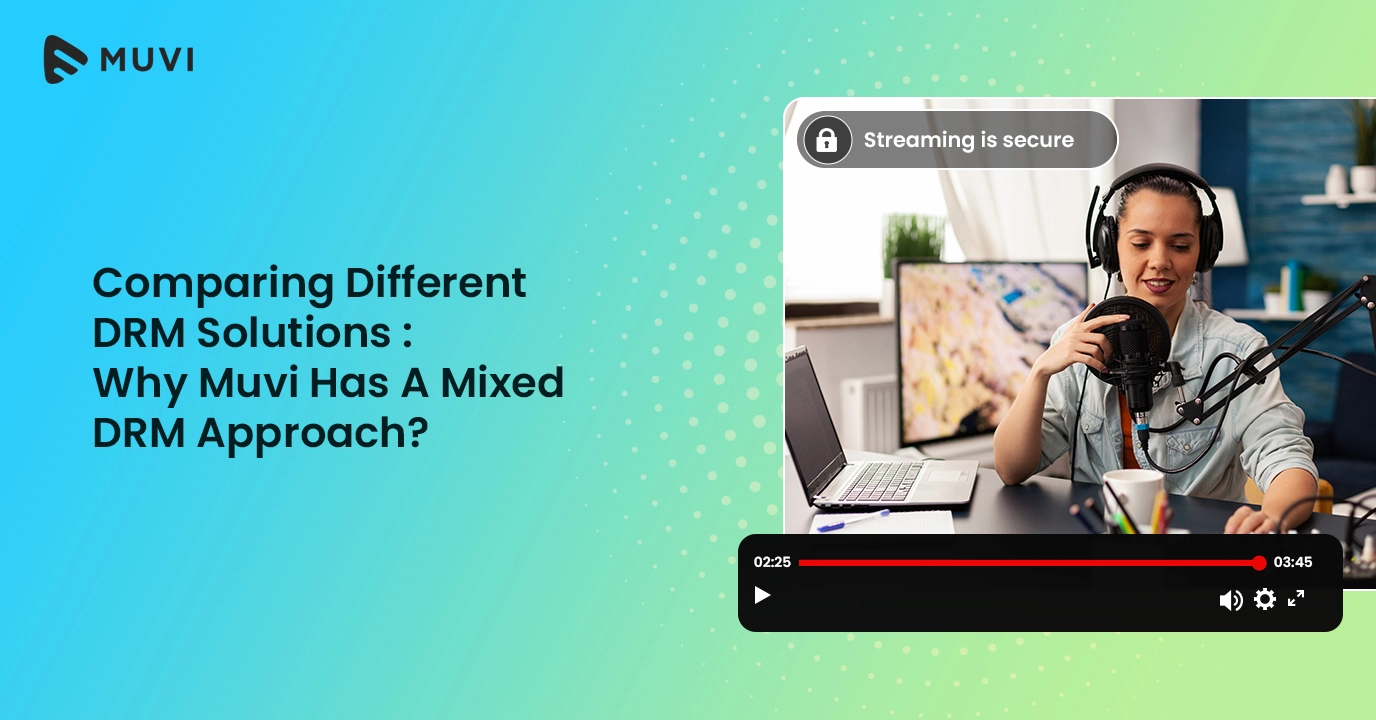
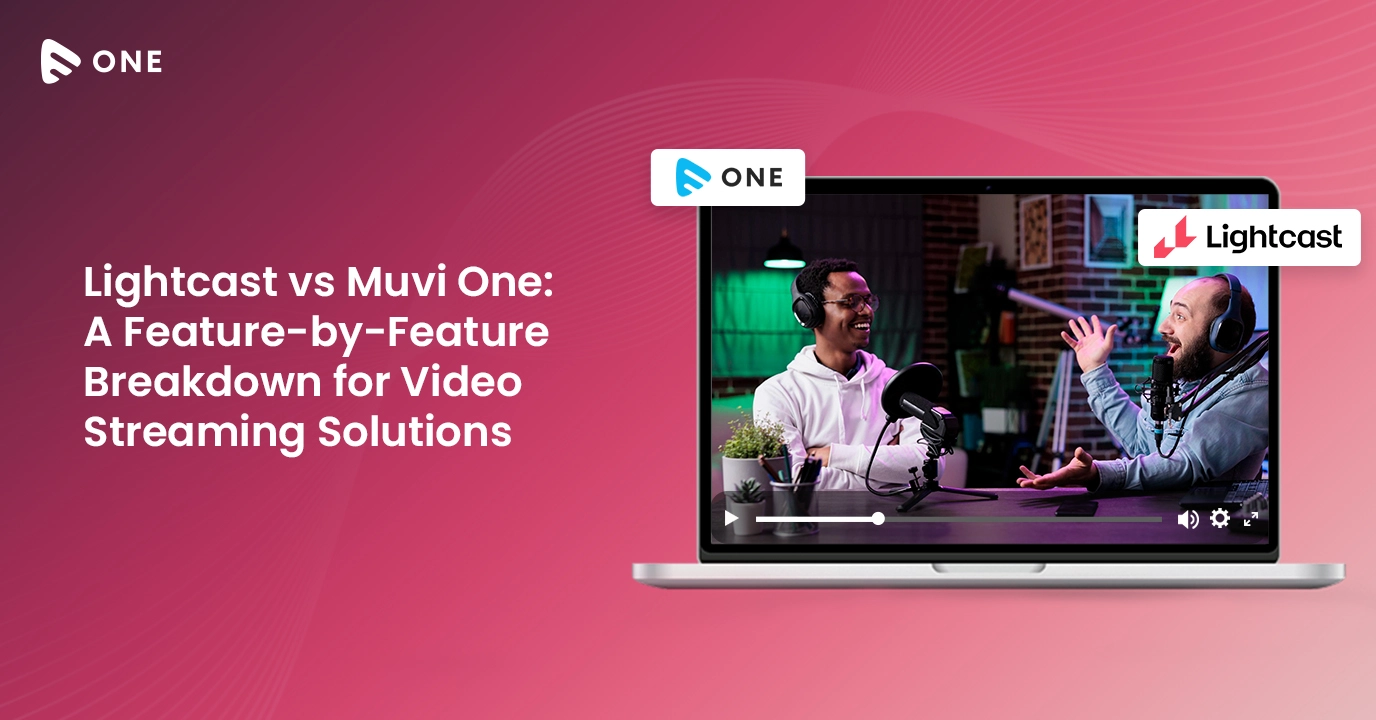
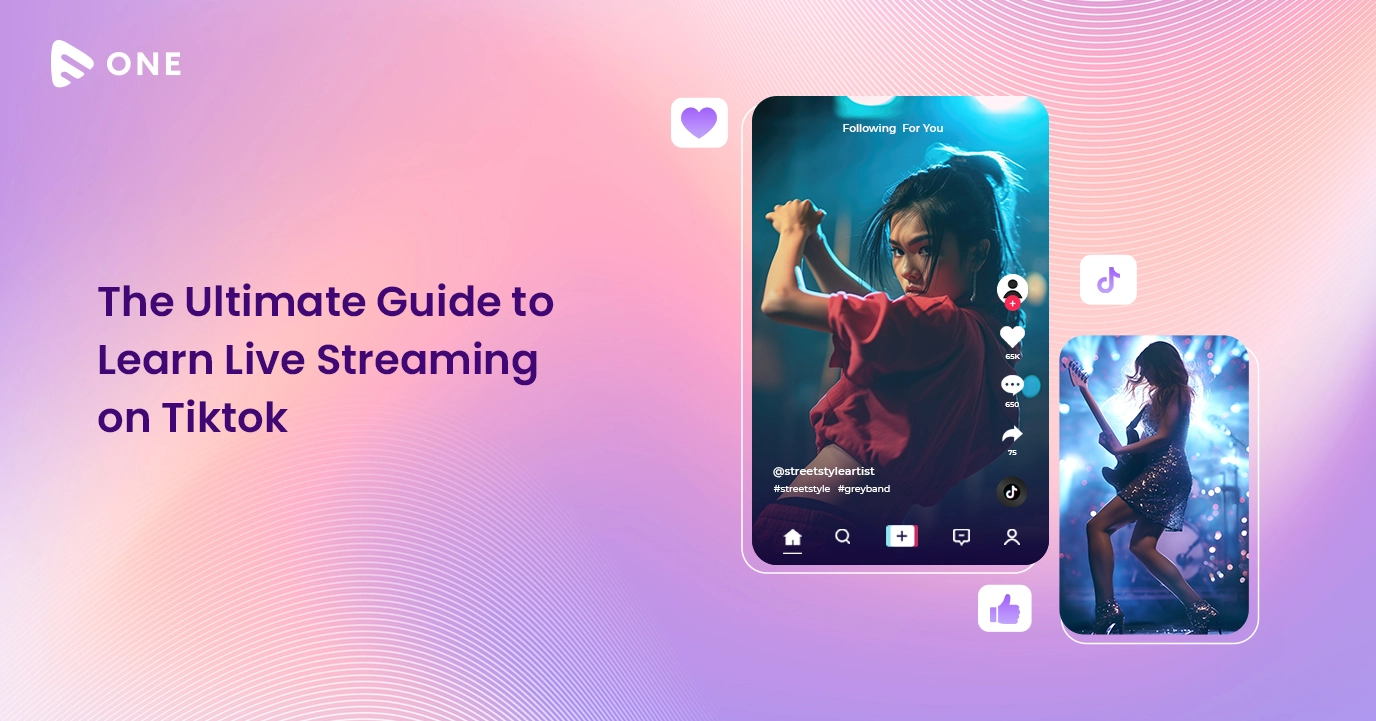
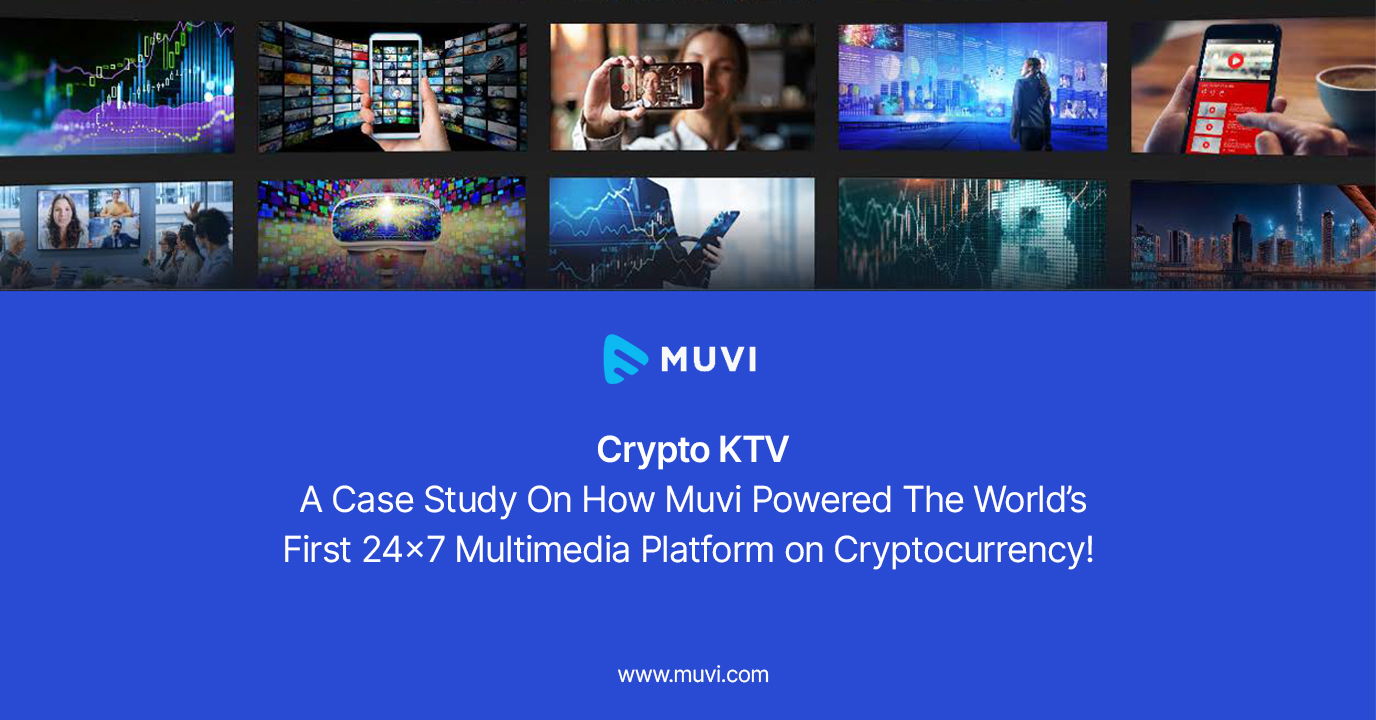









Add your comment